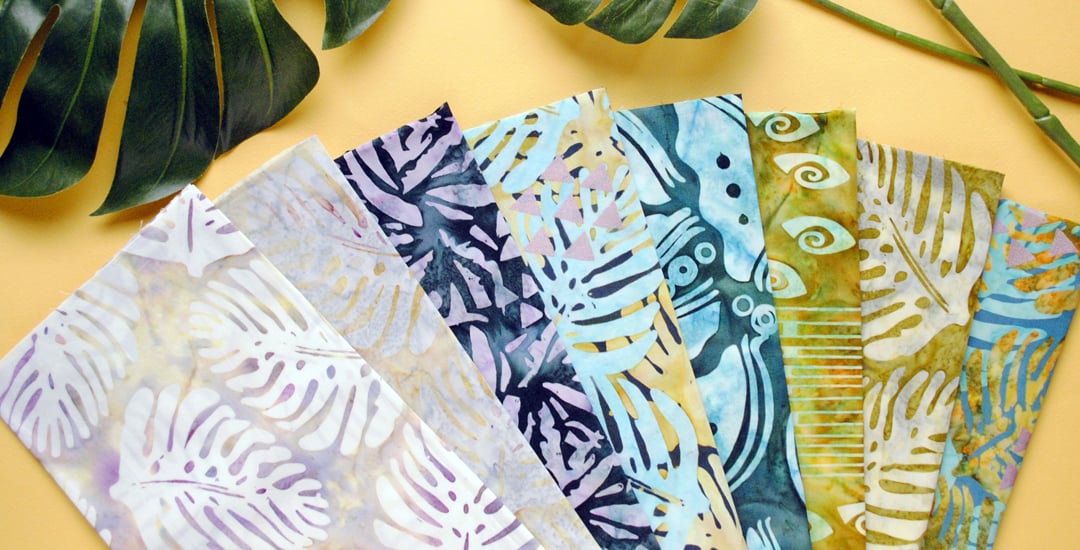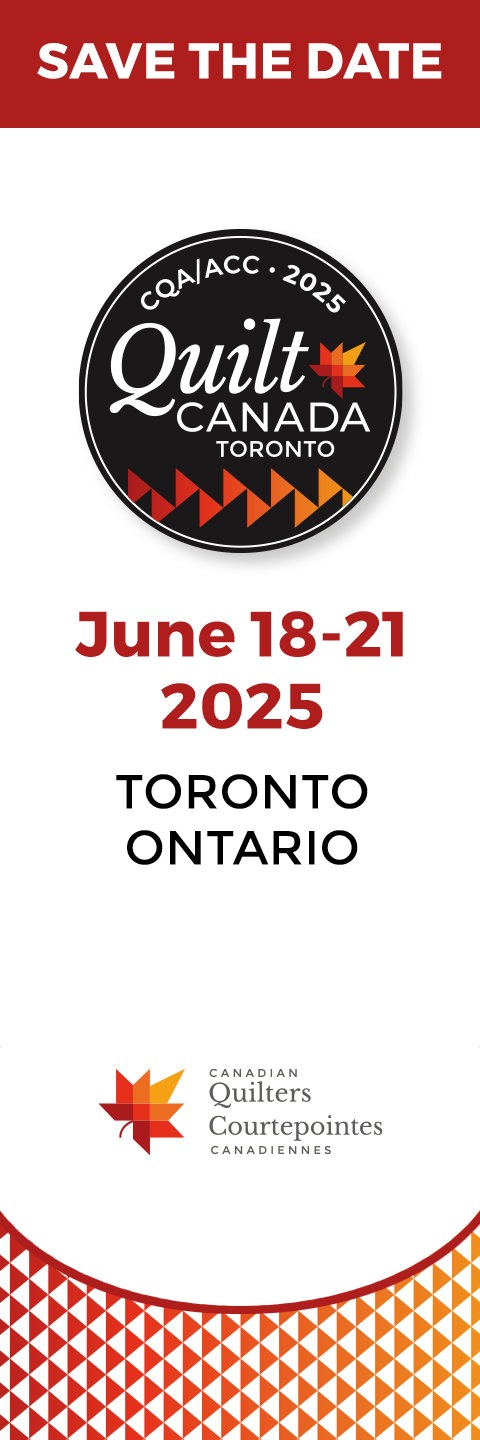The fall of 2020 will mark 40 years since I made my first quilt. I knew the recipient of the quilt – my son, Scott – would change my life. What I didn’t know was how making that first quilt would also change my life.
My mother taught me to sew when I was about seven years old. I sewed my own clothes and learned my way around patterns and sewing machines. I didn’t know how to make a quilt, so I looked at a baby quilt I was given for the new arrival to get the basic idea. After making a few small quilts, I did what many quilters do: I registered for a quilt class at a local quilt shop!
I was hooked on quilting! I covered all the beds with quilts and learned I could even make wall quilts and home decor items. I was invited to teach quilting classes at that same local quilt shop. When I designed several quilts to teach, I was asked to publish them as patterns. Thus began my 30-year career as a designer, publisher, author and teacher. I published over 300 patterns under the Patchworks Studio brand and co-wrote five quilting books.

In 2017, Canadian fabric company Northcott® Silk Inc., whom I spent years designing for, launched a new division, Banyan Batiks®. Banyan was looking for guest designers. A long-time dream to design fabric on a grand scale, I knew the batik process would be a great way to incorporate stamped imagery on commercially available fabrics. I met with Karen Gibbs, Design Director of Banyan Batiks, during the International Quilt Market in Houston, TX. Her reaction to my ideas was positive and the process began!
The imagery in this collection derives from stamps I created in my earlier dyeing and dabbling days. They are based on what I see in the world, often plants and linear, graphic designs. The main motif in this collection is the Monstera leaf, the first stamp I ever carved.

When I travel, I take photographs of things that interest me. I carve different images into stamps, some of which appear in the Tapa Cloth collection: strange bark from a tree at a hotel in California, an historic log cabin in the Cariboo (an area of British Columbia) and a church window in Mexico. Other stamps are made without a particular idea in mind, but are included in the collection as well.
As with other parts of the design process for this collection, the approach for choosing colour was a collaborative one. I started with my own abstract paintings, as well as boards used to protect my table when painting and stamping silk scarves. Over time, the paint and ghost images of the stamps transferred to the boards. From these, I selected runs of colour found in my artwork. I gravitated toward favourite colours, but with Karen’s help, I stretched my comfort zone to make final selections.
Once motifs, scale and arrangement on cloth were decided, artists in Indonesia created tjaps (pronounced chops) using copper ribbon and wire. The tjaps are dipped in liquid wax and pressed onto the fabric. The wax creates a resist for the dye process. One batik fabric may involve waxing, dyeing, bleaching, waxing again and so on. Some images are also hand printed.
Several fabrics in the collection include a group of shimmering triangles printed by hand at irregular intervals. This is a motif I often used when layering stamp designs for fabrics I created originally. The triangle motifs are an idea Karen planned to respect my original artwork – a unique addition to the collection.
Fabric samples were created in Indonesia and sent to Karen and me to review both design and colour. It was exciting to feel the fabric and start thinking how I would use them. Part of this step was to determine how the designs and colours could be arranged in colour groups. Several colour options did not fit well and were rejected. Sample fabrics were arranged repeatedly until there were three colourways: Sea Foam, Sea Glass and Citrus.

A fabric panel, added to the collection, predominantly consisted of the Monstera leaf. It reminded me of tapa cloth, a barkcloth made in many Pacific Islands. True tapa cloth is not made in a batik process, however it is made from fibre. Motifs with significance to the maker are painted onto the cloth. Since the first and major design element is the Monstera, a tropical plant I first saw on a Pacific island, Karen and I decided to call the collection Tapa Cloth to honour that rich tradition.
The processes and techniques used by Banyan’s Indonesian artists are highly skilled, undertaken by artists who are colour and design experts. Theirs is a culture where fine artistry, batik knowledge and skill is passed down through generations. I am honoured they worked with me to create Tapa Cloth.
Northcott and Banyan Batiks are Canadian companies; their fabrics are sold worldwide. Tapa cloth can be found in independent quilt shops and on major online retailers starting December 2019. I designed five patterns with the Tapa Cloth collection, also available in shops and directly through my website.
Note from the Editor: Watch for an exclusive tapa cloth pattern, designed by Daphne, in a future issue of Canadian Quilter!


